If you’ve noticed your favorite stores offering a little less lately, you’re not imagining things. From disappearing birthday freebies to quietly slashed cash-back perks, even the biggest retailers are trimming the extras. While Costco has gotten a lot of attention for reevaluating some of its member benefits, it’s far from the only one tightening the belt. Whether it’s due to rising costs, shifts in consumer behavior, or corporate restructuring, these 14 companies have scaled back perks—often without making a big announcement.
1. Costco

As noted by Forbes, Costco has begun cracking down on membership sharing at self-checkouts. It’s part of a larger trend among retailers trying to curb unauthorized use of paid memberships. Shoppers used to be able to get away with borrowing a card or using someone else’s app at self-service kiosks, but now staff are checking IDs more consistently. It’s a clear shift in policy meant to protect membership integrity.
On top of that, Costco has reduced its long-standing food court access for non-members. Previously, anyone could swing by for a cheap hot dog, but now you need a card to get in. That’s a blow to casual fans who loved the food but didn’t want the full membership. Small changes, big implications for loyal and occasional shoppers alike.
2. Amazon Prime

According to CNN, Amazon Prime has started quietly reducing free returns for some categories. What used to be a blanket policy has now become more conditional, with restocking fees appearing for certain items. If you drop off a return at a UPS store instead of an Amazon Locker or Whole Foods, you may now be charged a fee. It’s a subtle change, but one many Prime members have noticed with surprise.
Other perks, like same-day delivery, are now limited to select ZIP codes or order minimums. That instant gratification factor Prime built its name on isn’t as universal anymore. And while the annual fee has gone up, the included perks are feeling slimmer. Members may soon have to reevaluate whether the convenience is still worth the cost.
3. Walgreens
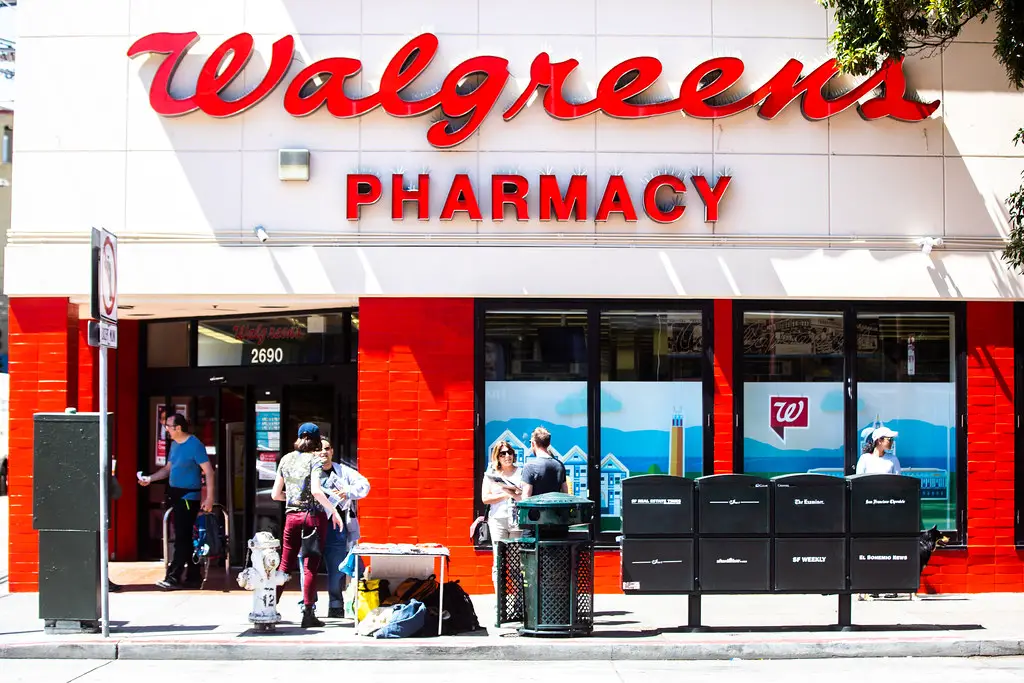
As reported by Forbes, Walgreens has been scaling back its Balance Rewards program in favor of a newer, more limited system. The old system allowed users to accumulate points on nearly every purchase, including prescriptions and store-brand items. But the newer myWalgreens program has narrower earning potential and fewer bonus promotions. Members are finding it harder to rack up rewards without spending significantly more.
The shift also came with a loss of rollover rewards—points now expire faster. That makes it easier to lose out if you don’t use your benefits right away. For longtime customers who used to plan purchases around bonus events, this change feels like a downgrade. The new model is more streamlined, but also more restrictive.
4. REI
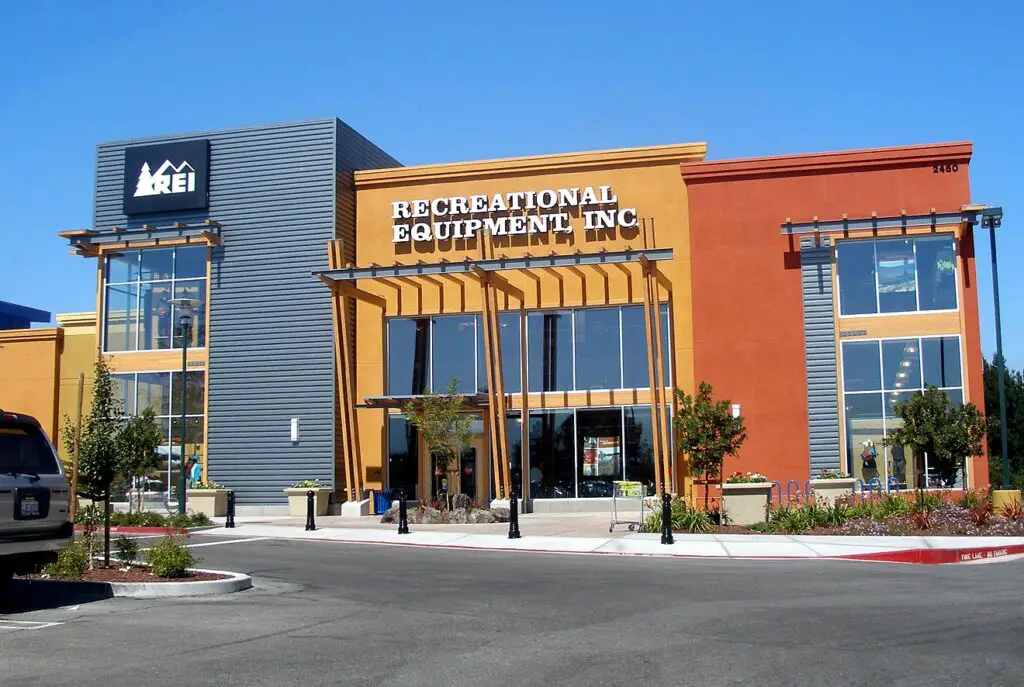
CNN notes that REI is reevaluating its popular annual member dividend, once a cornerstone of its co-op program. In past years, members earned 10% back on qualifying purchases, delivered each March as a kind of “bonus check.” But now, the return is based more heavily on profit margins and excluded product categories. That means your dividend might be smaller than expected—even if you spent more.
Members are also noticing fewer deep-discount sales for co-op members only. These exclusive deals were once a major draw for REI loyalists. And while the company still champions sustainability and quality, the financial perks don’t feel quite as strong. For outdoor fans, that’s a noticeable shift.
5. Best Buy
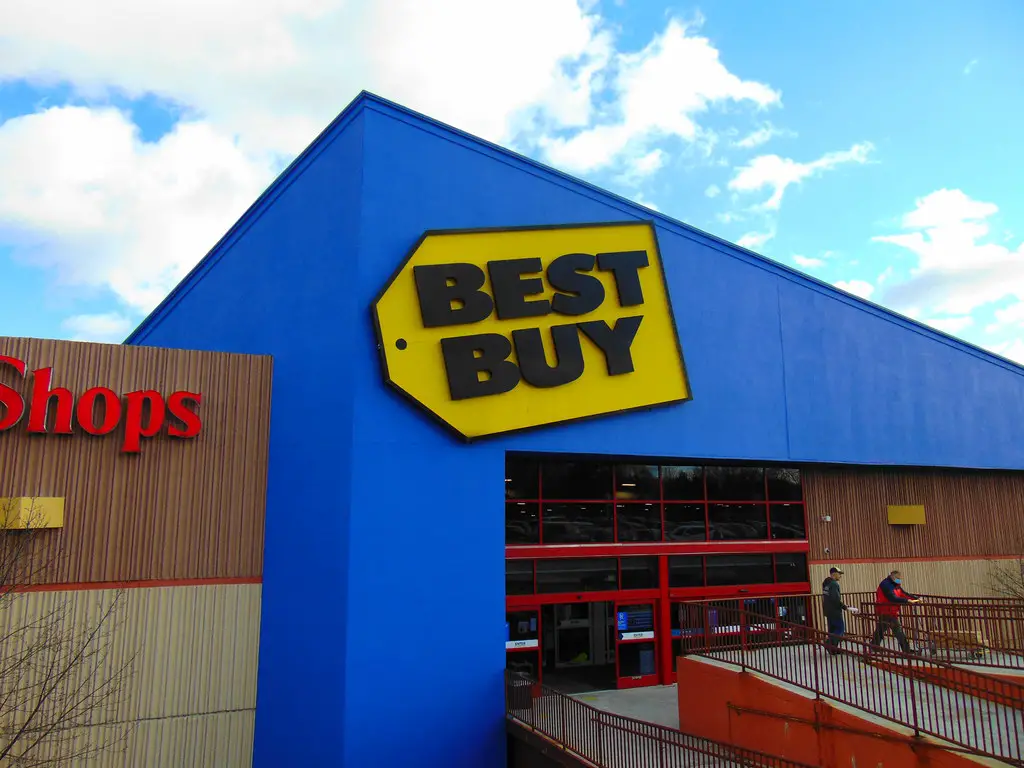
Best Buy quietly scaled back its My Best Buy Elite and Elite Plus tiers, which used to reward big spenders with faster shipping and longer return windows. Now, those perks are harder to access unless you’re part of their paid Total membership plan. That means fewer benefits for those who used to qualify just by spending more. Return windows for regular members have also been shortened.
Previously, Elite members got 30-day returns, and Elite Plus members had 45. Now, if you’re not shelling out for the Total plan, you’re back to the basic 15-day policy. It’s a notable change for tech shoppers who rely on time to test out big purchases. The shift marks a move toward paid loyalty over organic spending.
6. Target
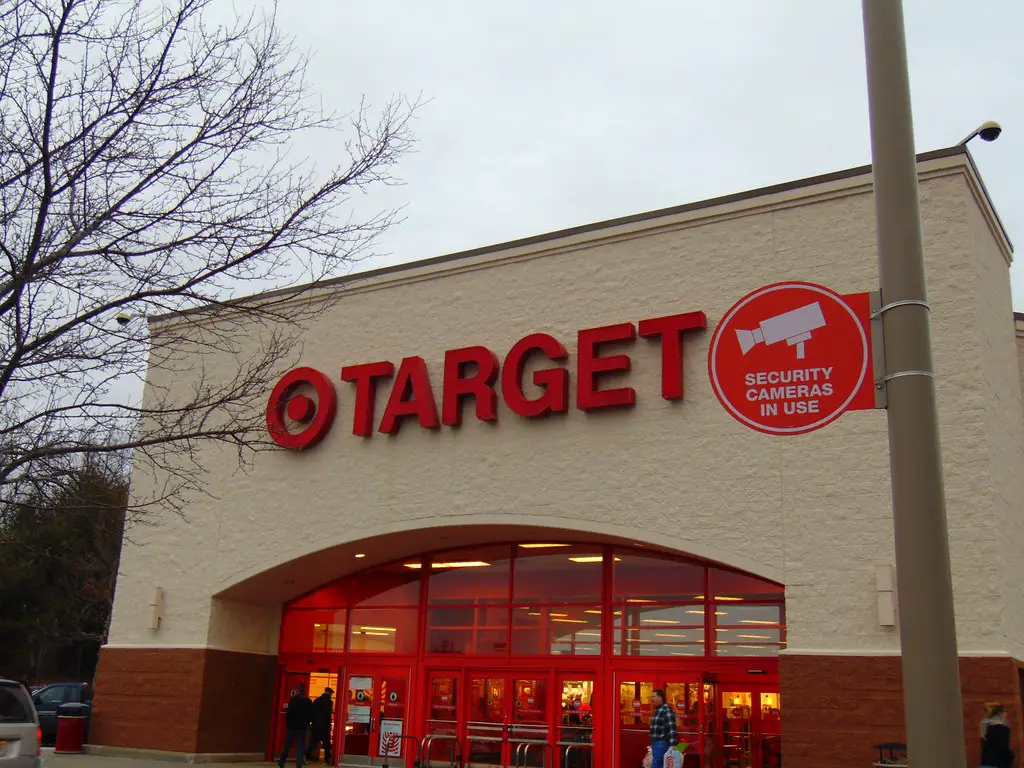
Target recently made changes to its Target Circle rewards, and not everyone is thrilled. They’ve introduced Target Circle 360, a new paid tier for members who want extra perks like unlimited free shipping. That’s great for high-frequency shoppers, but regular Circle users have noticed fewer percentage-off deals and limited time offers. In short, the freebies are becoming less generous.
The shift seems to favor those willing to pay for convenience, similar to Amazon Prime’s model. Target also dropped some personalized discounts that once rotated regularly based on your buying habits. That customization was a key draw for many loyal users. Now, it feels like you need to spend more—or pay—to get the same value.
7. Sephora
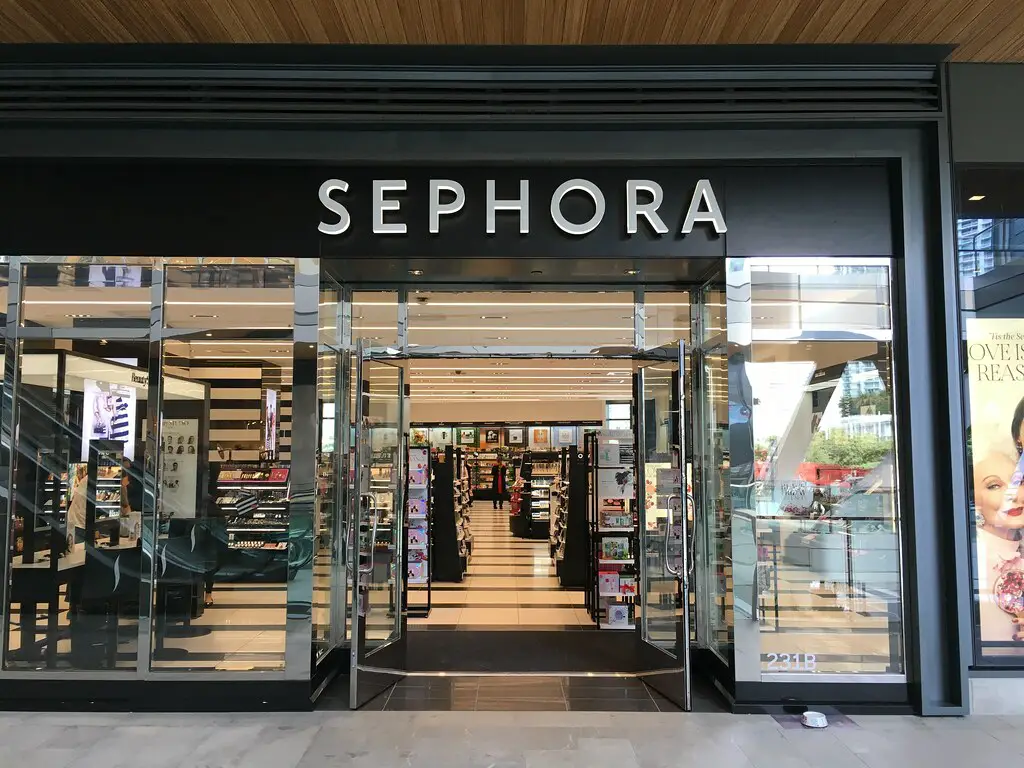
Sephora’s Beauty Insider program was once known for its generous birthday gifts and deluxe samples. But recently, members have noticed the gift options are smaller or more limited in variety. The once-coveted sample bags with online orders have become less consistent too. Unless you’re a Rouge-level member, the perks feel watered down.
Even point redemptions have taken a hit, with fewer valuable items available for 100–500 point tiers. Sephora still offers exclusive events and early access drops, but they’re now heavily geared toward top spenders. For regular shoppers, the value just isn’t what it used to be. The glam is still there—but the perks are thinner.
8. Sam’s Club

Sam’s Club, like Costco, is tightening enforcement of member-only privileges. You now need an active membership to use Scan & Go or access gas station discounts. In the past, there were more leniencies, especially during promotions or shared family memberships. Now, cards are being checked more rigorously.
They’ve also reduced some in-store sampling events, which were popular among shoppers. While these may seem minor, they impact the club’s experiential feel. Plus, those monthly free member deals are less frequent than they used to be. The club is still competitive, but not quite as perk-packed.
9. Starbucks
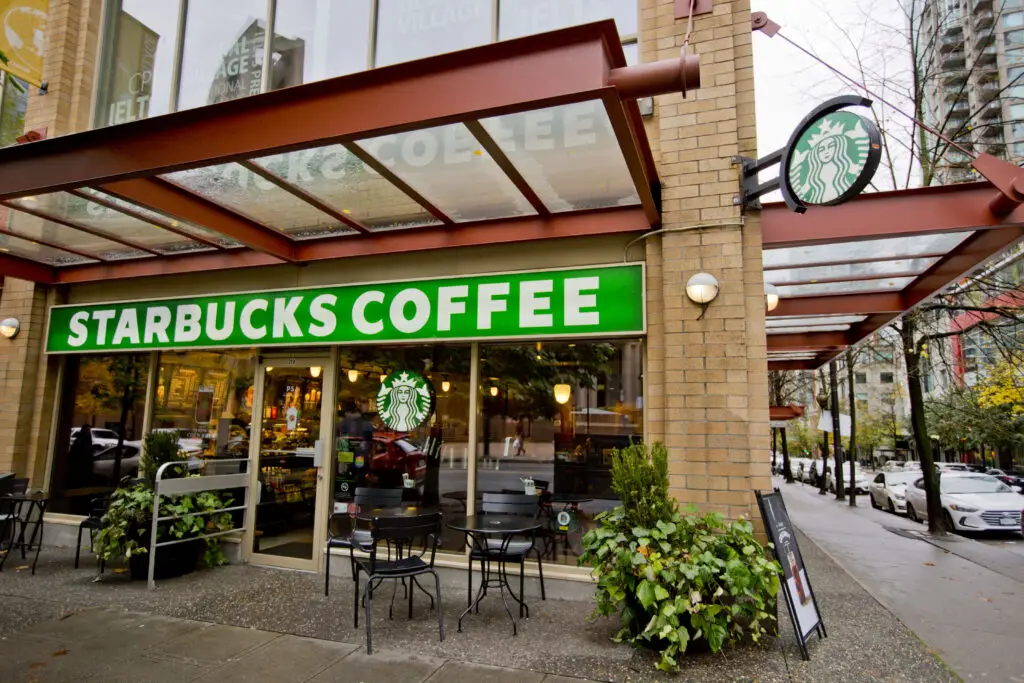
Starbucks Rewards users have been hit with a recent devaluation of Stars, the currency of the loyalty program. What once cost 50 Stars may now require 100 or more for the same item. That means more purchases just to earn the same treat. And those free drinks aren’t as easy to come by.
Additionally, reward expiration happens faster, encouraging members to use points quickly or risk losing them. Starbucks has also made the app-centric model mandatory for rewards tracking, which alienates less tech-savvy customers. The vibe is still cozy, but the loyalty incentives aren’t quite as rewarding. It’s more of a nudge toward frequent spending than a thank-you for loyalty.
10. Nordstrom
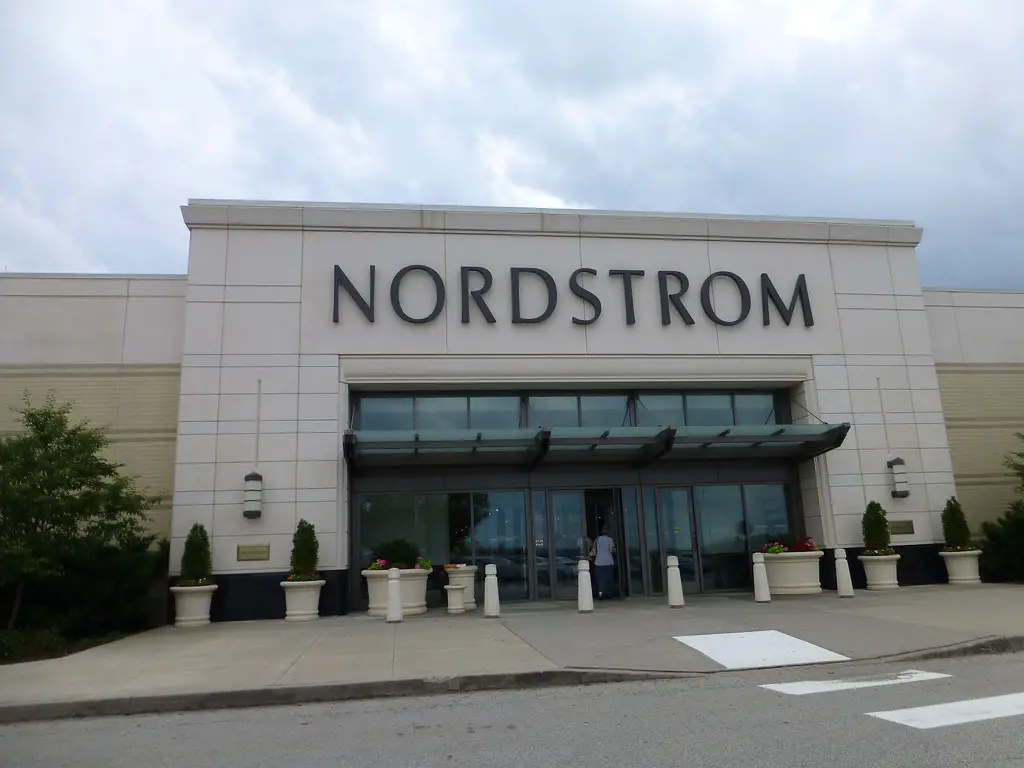
Nordstrom’s loyalty program used to include personal triple points days for all members—but now, it’s mostly reserved for those with Nordstrom credit cards. Non-cardholding members earn fewer points and get less access to early sales. Even perks like free alterations are now limited to higher-tier members. The store experience is still high-touch, but the rewards structure has become more exclusive.
They’ve also shifted away from birthday perks and mailed rewards, pushing more benefits to the app. That’s great for tech-forward shoppers, but not everyone is thrilled about the change. For long-time customers used to more inclusive rewards, it feels like a downgrade. Nordstrom is still a favorite for many, but you may need a card to get the full experience.
11. CVS

CVS’s ExtraCare program has undergone a quiet evolution that’s left some members confused. The paper coupons that once printed automatically at checkout are now mostly digital-only. That means customers who aren’t using the app miss out on key savings. And digital-only offers sometimes vary depending on your location or shopping habits.
The quarterly 2% back benefit has also been harder to track, with redemption limited to online or app access. That’s frustrating for shoppers who liked the simplicity of printing and using on the spot. While CVS still offers decent savings, the program requires more effort to use effectively. It’s not quite the grab-and-go rewards system it used to be.
12. Macy’s

Macy’s Star Rewards program has pivoted sharply toward credit card holders. Non-card members get fewer perks and don’t qualify for most bonus events. In the past, signing up for a loyalty account was enough to earn some decent benefits. Now, unless you carry a Macy’s card, your rewards are minimal.
They’ve also scaled back on mailed coupons and deals, pushing everything through email and the app. It’s a sign that Macy’s is moving its loyalty ecosystem fully digital. While the app offers exclusive perks, not everyone wants to download another platform just to shop. The shift may alienate more casual customers.
13. Kohl’s
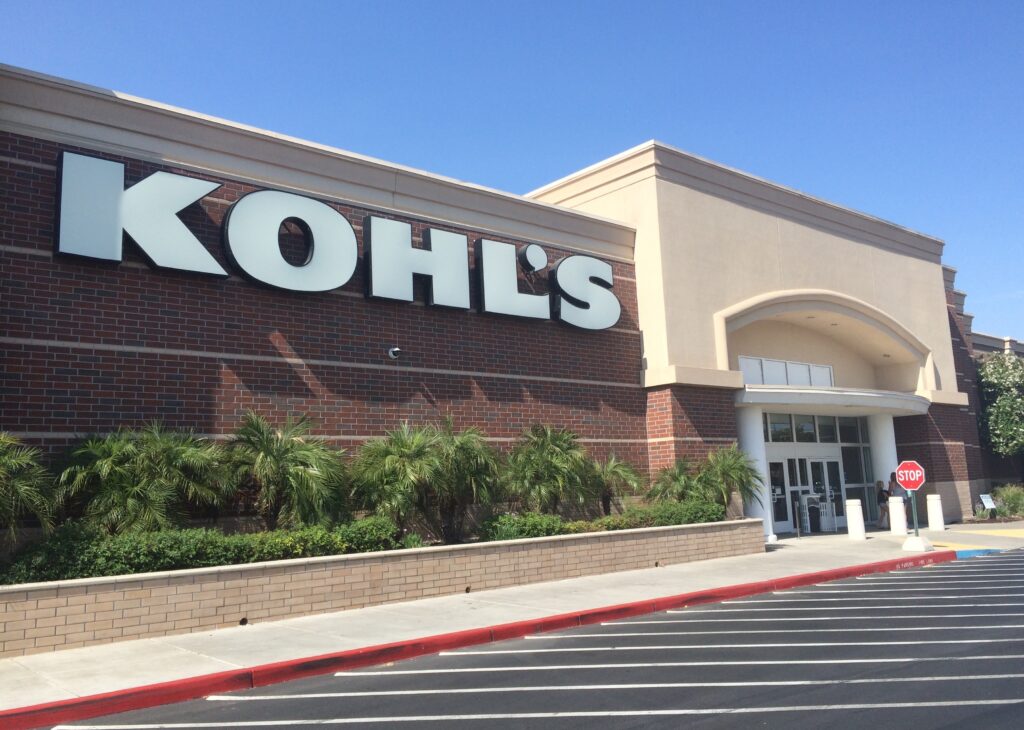
Kohl’s Yes2You Rewards program was absorbed into Kohl’s Rewards, but the newer version offers fewer surprise bonuses. The old program regularly rewarded points for every dollar spent, with occasional surprises and instant discounts. Now, benefits are more rigid and tied to promotional events. If you don’t shop during the right window, you may miss out entirely.
Kohl’s Cash has also become a little harder to use with restrictions on when and how it’s applied. It still offers solid value, but it takes more planning to get the full benefit. Regular shoppers may not notice, but infrequent visitors are likely to feel the change. Less spontaneity, more structure—that’s the new Kohl’s.
14. Petco
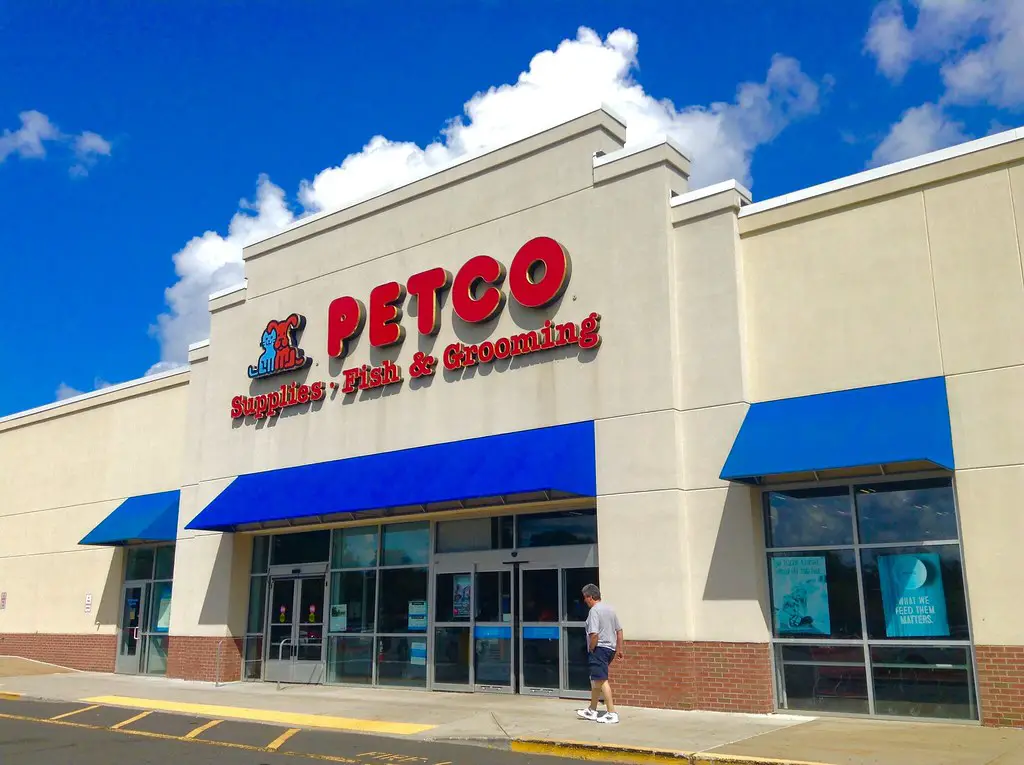
Petco’s Pals Rewards members used to enjoy easy-to-redeem perks and automatic discounts. Now, the company has funneled more benefits into its paid Vital Care program, creating a tiered loyalty structure. Free perks like nail trims or small item discounts are now often behind a paywall. That’s a big shift for pet parents who relied on those extras.
Point earnings are slower, and redemptions expire more quickly if not tracked actively. Petco still offers good deals, but the best ones often require a subscription. It’s a move that mirrors trends across retail: more perks, but only for those who pay. And for casual shoppers, that shift feels like a loss.
